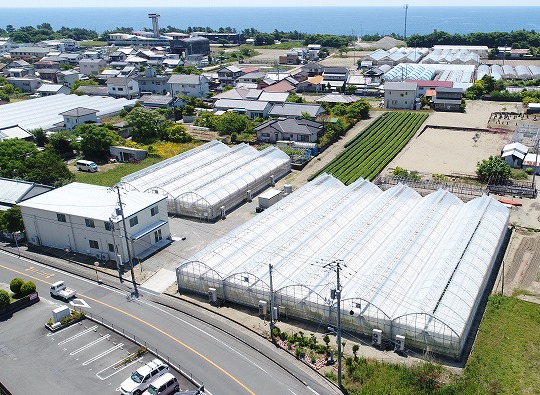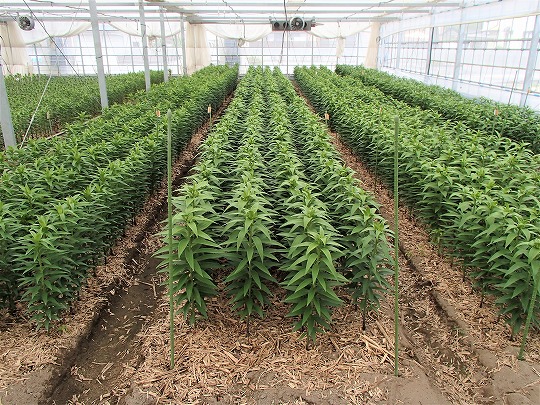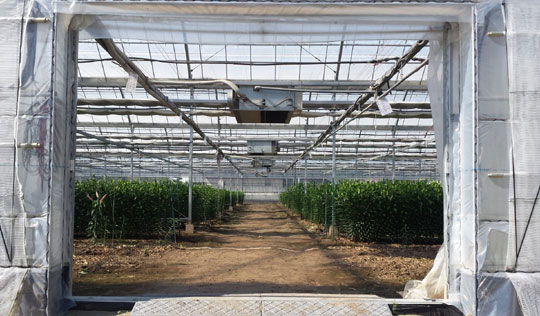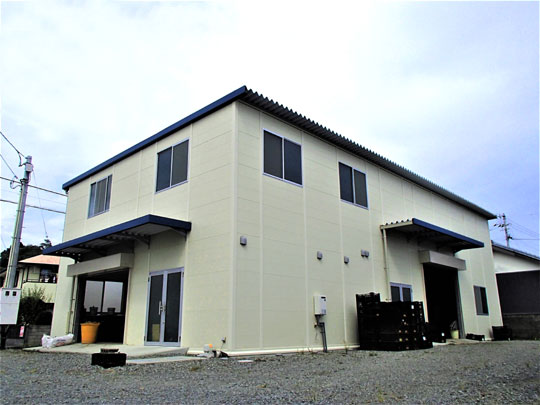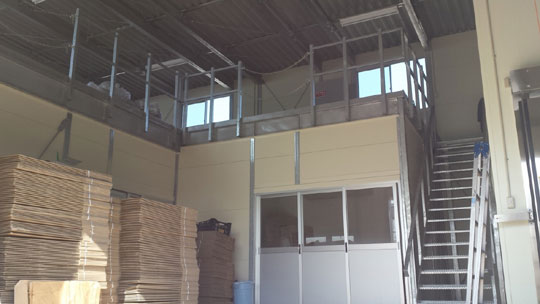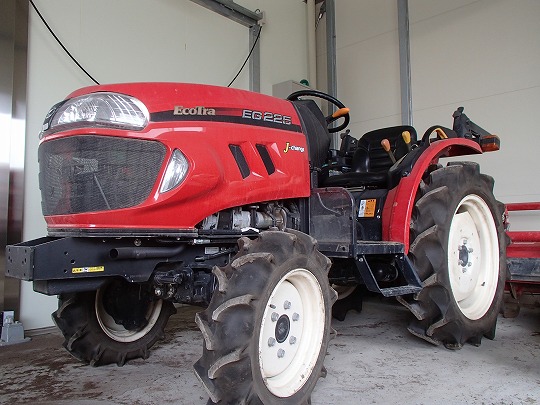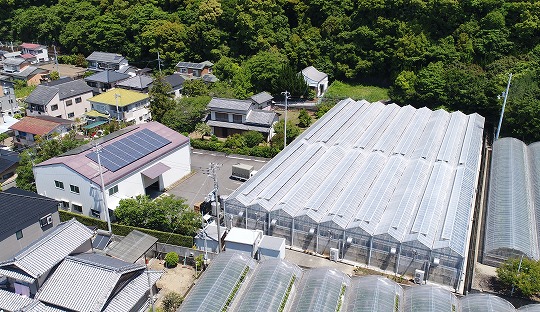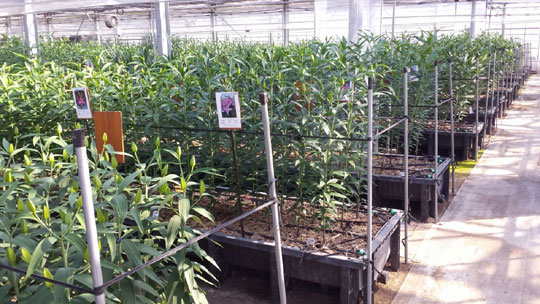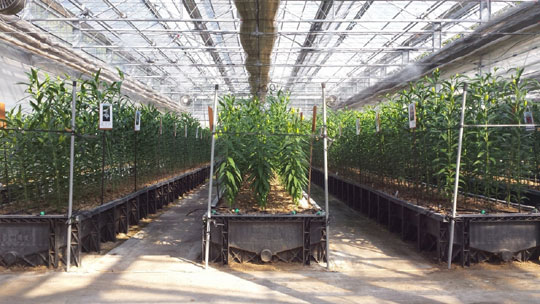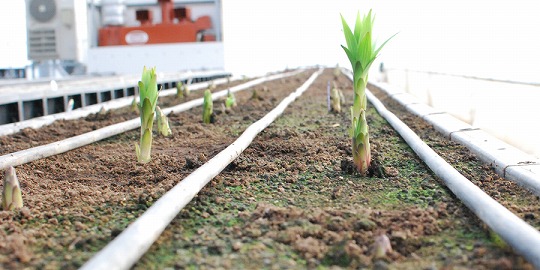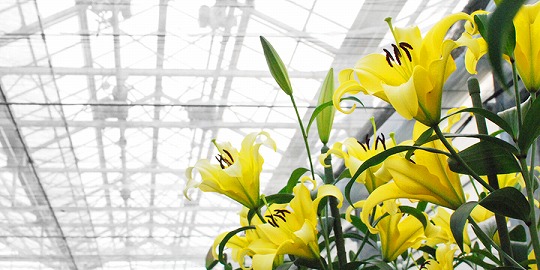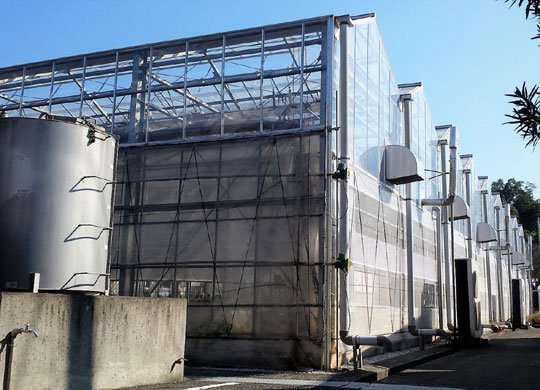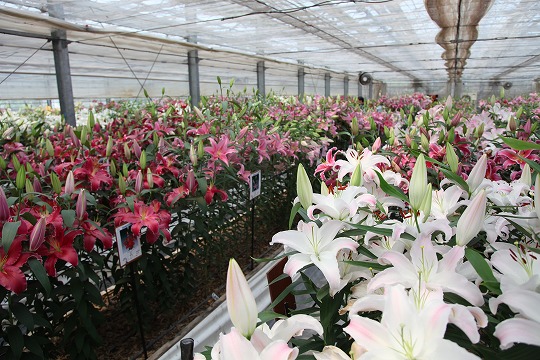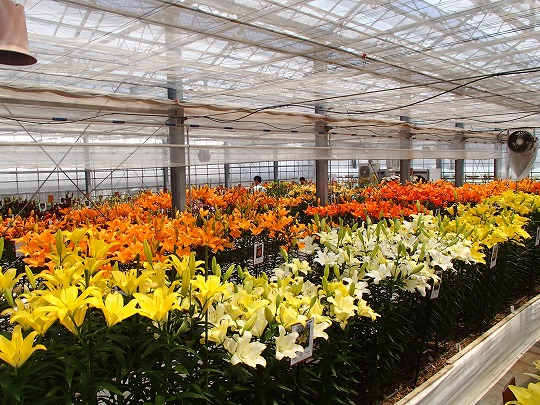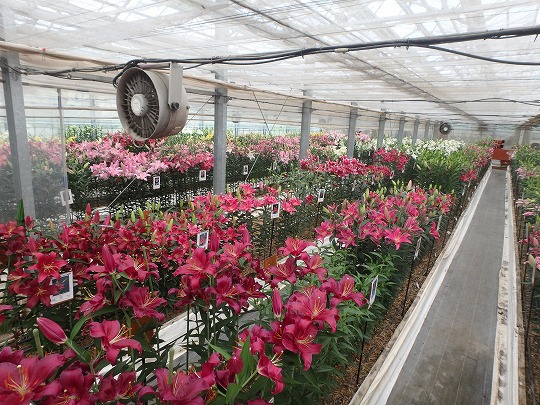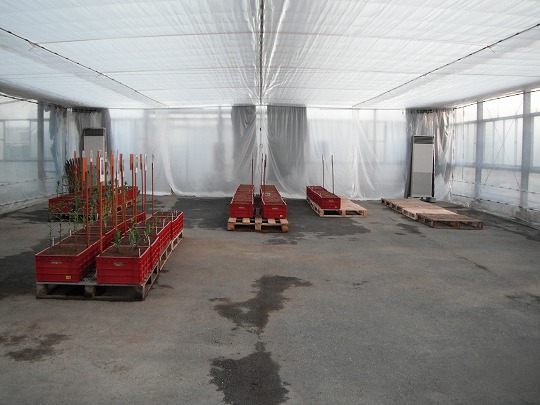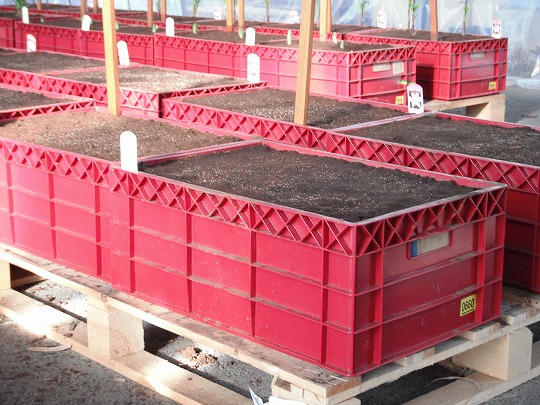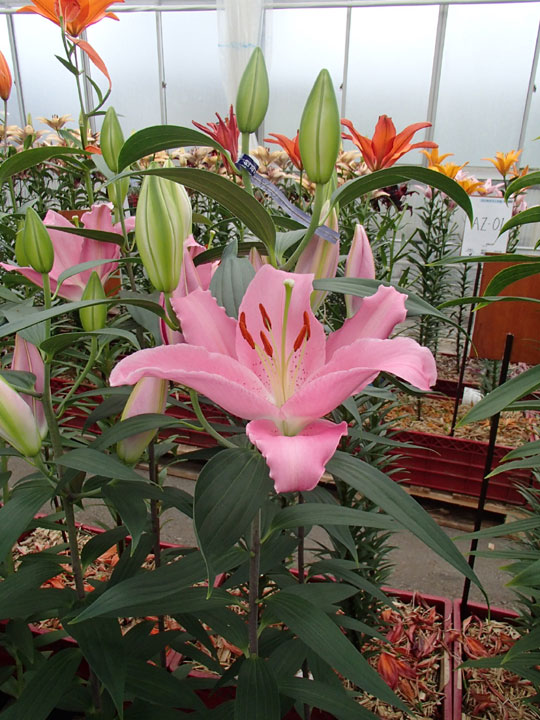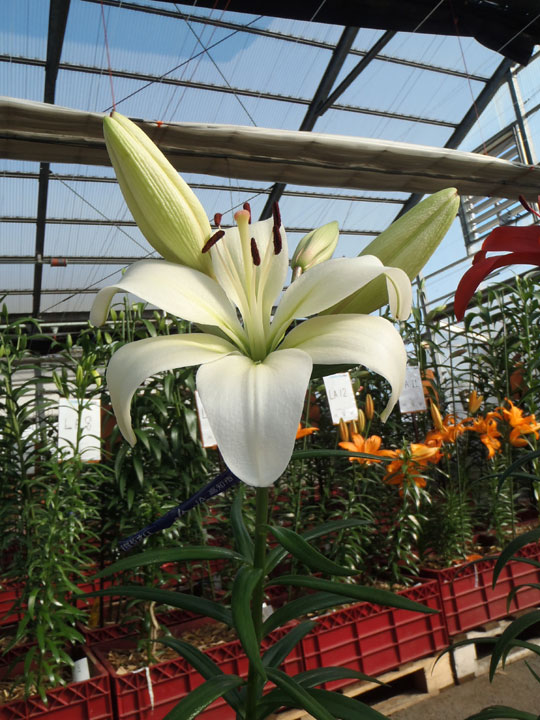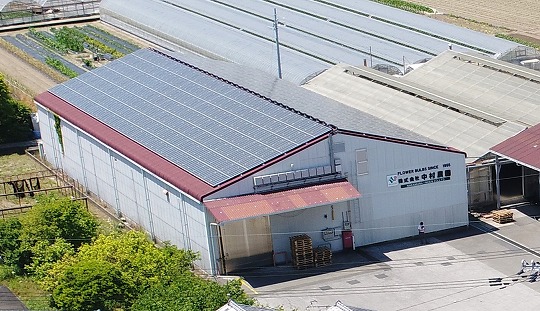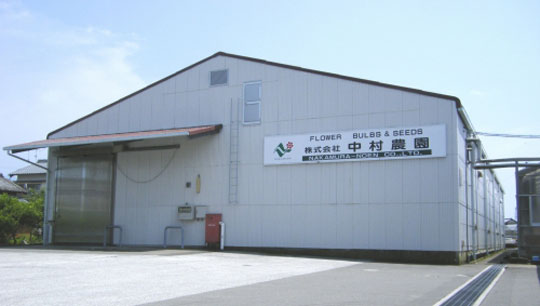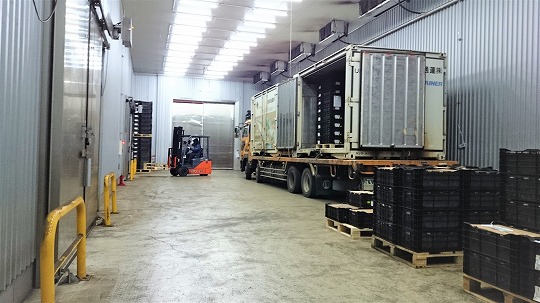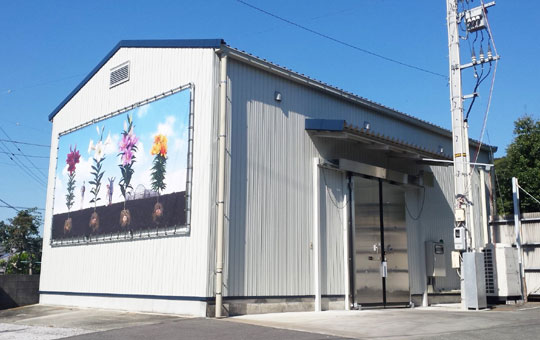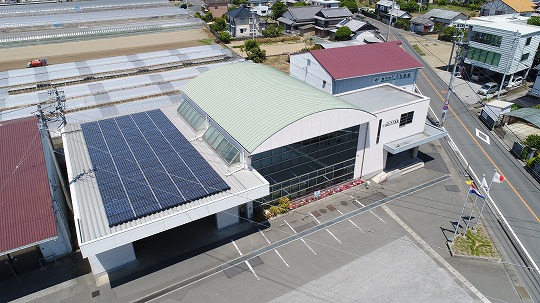General Report
September 21st, 2016
Nakamura-Noen Co., Ltd.
Keigo Nakamura
Thank you for your cooperation.
While we see typhoons making troubles in many places this year, I feel that the economic damage by high temperature by La Nina was also serious.
Global Warming is not only in Japan, but it also has become a major influence in the bulb production in Holland.
In recent memory, last year (2015) after October was high temperature (average monthly temperature in October was 9.9 degrees C, November 9.9 degrees C, also December 9.6 degrees C). It is an example of climate which we have never experienced in the past.
- Dutch climate in 2016
Herewith we report the climate in Holland briefly. Please refer to the following “2016 climate graph of Holland”.

In Holland, in March-April, it continued to rain at low temperature, and planting was delayed in general. However, planting were finished within April, then May had been good weather with good temperature and sunshine.
It continues to rain especially in South Holland (north Limburg area) in June, and some fields went under the water regionally. According to bulb grower’s information, the situation was not same in different places. For example, the rain was just a little in a few ten KM away.
In recent years, rain fall that falls at once is increasing in Holland, for example, more than 200mm rain fell in a period of July last year.
There are some districts and growers suffering the flood damage every year, so big rain should be counted as common and we hope that they will manage better land with lower risks.
Following is the summary of the report from Dutch exporters at the point of first half of September.
———————————————– Report about Dutch and French crop 2016 ———————————————–
First 2 weeks in September were very high temperature, which broke many meteorological records. It was abnormally high temperature like 33 degrees C in Limburg area. (Temperature of the sea near Spain is 2 degrees C higher than usual, and warm air with moisture flew to Holland.)
Temperature on September 13 and 14 at the standard observation site in Holland was 31 degrees C. The temperature over 30 degrees C in September existed only 3 times in 1919, 1949 and 2013.
◊ France
France is terribly dry and hot, and enlargement of bulbs are not in progress yet. It is too early to judge the result because the situation can change completely in the next few months.
◊ North Holland
North Holland is mainly scaling fields. Enlargement is good.
◊ NOP
NOP (North Oost Polder: Amsterdam northeast of reclaimed land) is the production place of LA. The growth and prediction are good especially if the current good weather continues.
(Asiatics varieties which are aimed to be smaller sizes were already mowed.)
◊ East Holland
Planting was delayed, but growth is well. Bulb growers are now considering whether they should mow the above-ground part or not (in order to stop the enlargement).
◊ South Holland
50-60 Ha in the Limburg area were gone by the heavy rain and hail. In addition, surrounding 100 Ha are not good in growth, and evaluation is difficult but we expect 10 to 40 % of the production cuts. In other areas, the growth is good and they already started mowing the above-ground parts while the leaf color is sometimes pale.
Production area of lily bulbs in South Holland is approximately 1000 Ha, in Brabant 200 Ha and Limburg is 800 Ha. Growth in Brabant area is “usual” or “good”.
The growth is good in general in Holland, and it seems to have covered the loss from the weather damage. Further, by the weather of September of this year, growth will continue.
2. Import plan of Southern Hemisphere crop 2016
After the harvest in June-July, bulbs are arriving in stock more and more, and delivery to customers began.
To investigate the Chile and New Zealand (expected) import amount, we gave a questionnaire to the export companies handling bulbs for Japan, and here we introduce the answers.
The table “year-on-year %” is the comparison with the same questionnaire result of the end of August last year.

LA from NZ had shortage due to too much enlargement, and it saw decrease of approximately 1 million pcs on the table.
(Besides, impression of LA from NL crop 2015 was not enough.)
Oriental / OT are same level as last year, but final imported quantity of last year was 330000 pcs which was more than questionnaire result, and the increase is supposed to be Oriental / OT seeing the timing of import. So, if the imported quantity follows the questionnaire result this year, reality might be a slight decrease.
In the past few years, lily cut flower in the winter time was balanced between supply and demand, and the price has been stable. Maybe that’s because everyone doesn’t concentrate on the demanded weeks or special days too much, and the production has been stable.
Typhoons should be making extra works or interruption of planting, so it might be good to proceed your schedule a little.



